5 Forgotten Luxury Cars That Deserve a Second Look
as the luxury market expands and contracts along with the economy, it’s unsurprising that dozens of luxury cars have come and gone over the years. We’ve come up with 5 embarrassing, underrated, or flat out head-scratching models that were interesting enough to give a second look.
Khodrocar - The luxury market is a segment to be desired and feared in the auto industry. If you’re a part of it long enough (see: Mercedes-Benz, BMW, Audi, et. al.), anything with the badge is likely to translate to profits regardless of how far it strays from the brand’s core principles — we’re looking at you, Mercedes coupes that aren’t really coupes, and the dozen-plus models of BMW’s crossover and SUV lineup. If you’ve had it, lost it, and got it back again, like Cadillac or 2000s-era Jaguar, then it’s one hell of an uphill climb to get back into customers’ good graces. After all, this rarefied air is a place where Lexus — a 27-year-old brand — is still looked at with skepticism as a new-comer; it isn’t easy to find acceptance here. Just ask Kia as it tries to find buyers for the K900.
But the higher the sticker prices, the larger the profits, and as a result, mid-market brands are forever looking to move up, while the big guns continuously search for new ways to tastefully expand downmarket and hook the latest generation of young professionals hungry for their first real status-symbol on wheels. Sometimes it works; often it doesn’t.
But the higher the sticker prices, the larger the profits, and as a result, mid-market brands are forever looking to move up, while the big guns continuously search for new ways to tastefully expand downmarket and hook the latest generation of young professionals hungry for their first real status-symbol on wheels. Sometimes it works; often it doesn’t.
1995-1999 BMW 318ti
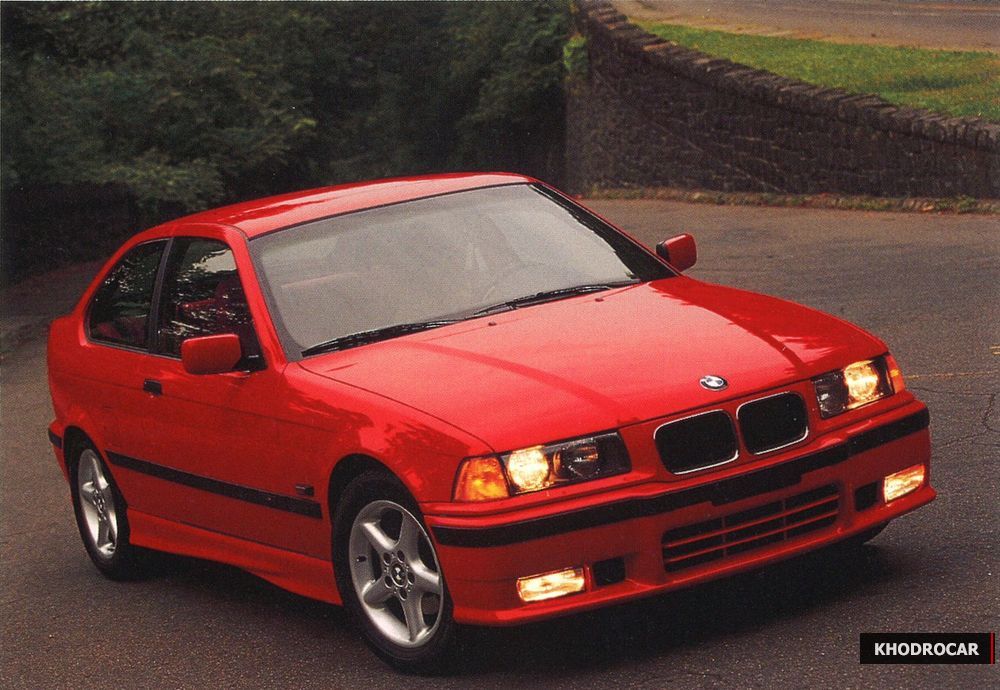
Nothing said "status symbol” in the 1990s like a German luxury car; as a result, BMW and Mercedes were eager to capitalize in a big way. Bimmer’s response was the 318ti, a 3 Series reimagined as a three-door hatchback. Starting at just under $20K (around $31K today), the entry-level rear-wheel drive hatch could’ve been a real success for the brand. But despite MotorWeek’s glowing review (above), a cheap-feeling interior, wheezy 138-horsepower inline-four, and vague handling made the car sales poison to the average BMW buyer, and its price, while cheap for a new Bimmer, was just out of reach for the average hatchback buyer. BMW tried entry-level again with the recent 1- and current 2 Series; needless to say, it’s got it figured out now.
2002-2006 Mercedes-Benz C230 Sport Coupe
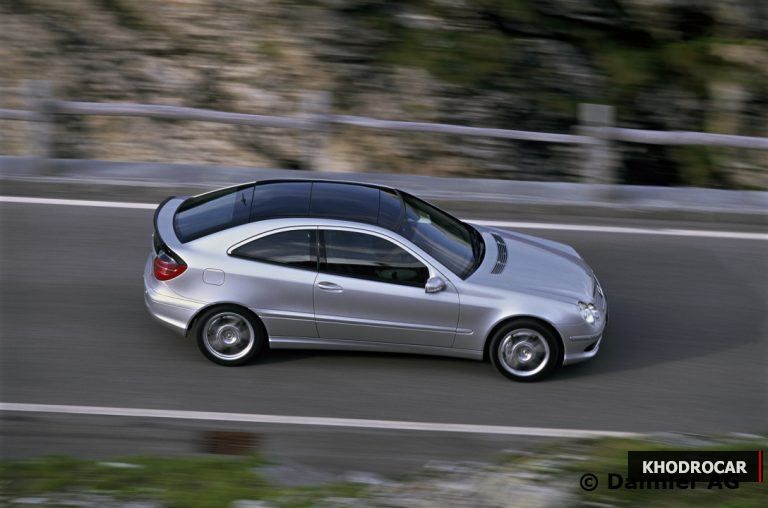
As BMW was ditching the idea of a hatch in 2000, Mercedes picked it up and, following a nearly identical formula, introduced the C230 Sport Coupe in 2001 as an ’02 model. Starting at $25,000 (about $34K today), buyers got cloth seats, a manual transmission, and an overmatched inline-four. It was far too much for an entry-level hatch, and a shocking departure from what American buyers expect from Mercedes. Unsurprisingly, it met the same fate as its competitor’s entry-level car. The C230 disappeared in 2006.
2004-2006 Volkswagen Phaeton
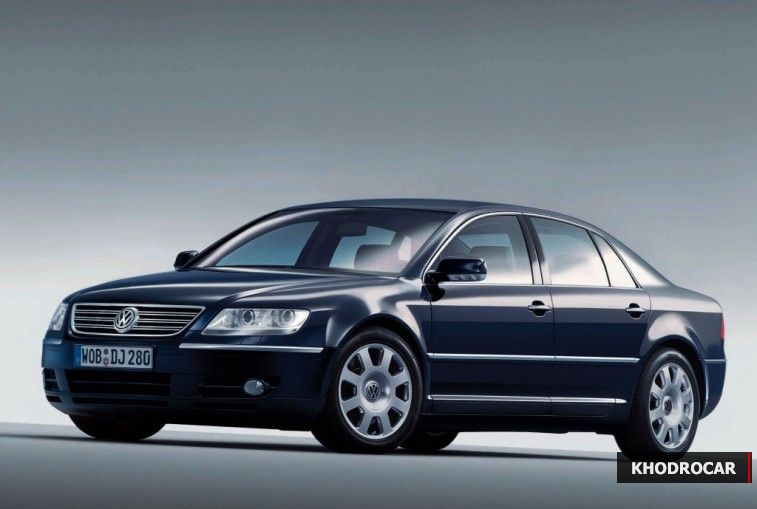
The Phaeton seemingly had everything going for it: sober good looks, a hand-built body, world-class interior, and available cutting-edge W12 engine. There was only one problem: No one wanted to spend $80K-plus on a Volkswagen. Believe it or not, the Phaeton was actually something of a bargain; it shared many of its underpinnings and its assembly line with the Bentley Flying Spur, and cost about half as much. But it was a disaster for Volkswagen, and it pulled the plug on its flagship (in the U.S., anyway) after just three model years. European production ended March of this year.
Volkswagen sold less than 3,500 Phaetons in America, and if you can pick one up for cheap — something that isn’t terribly hard to do — you’ll have one hell of criminally underrated luxury car on your hands.
Volkswagen sold less than 3,500 Phaetons in America, and if you can pick one up for cheap — something that isn’t terribly hard to do — you’ll have one hell of criminally underrated luxury car on your hands.
1989-1991 Lexus 250ES
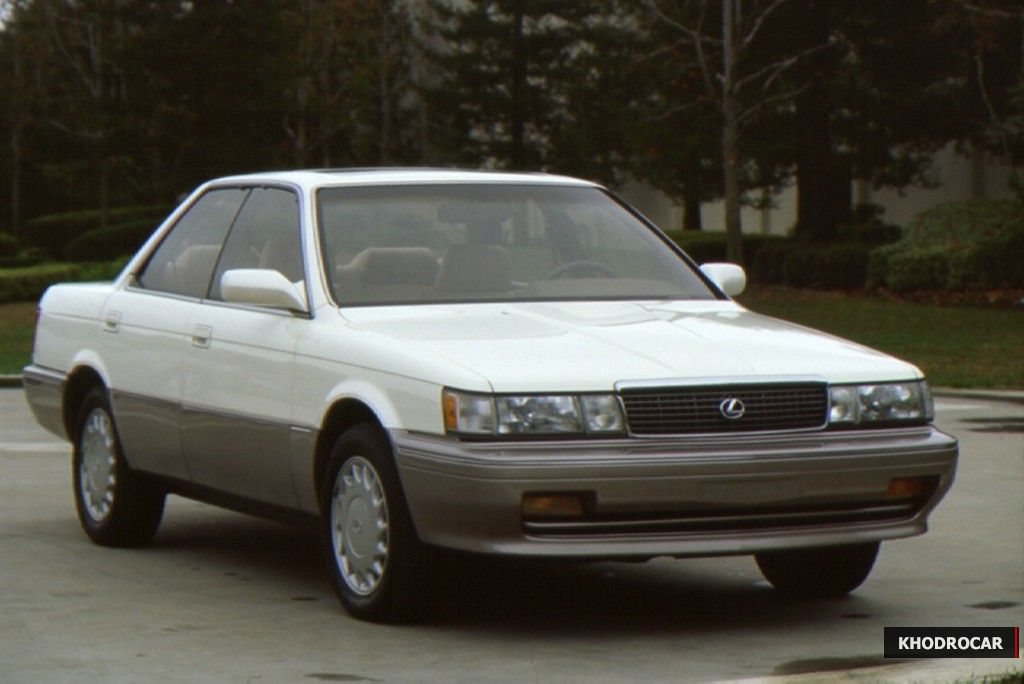
Introduced in 1989, the Lexus LS400 revolutionized the luxury sedan segment. The only problem was, it’s hard to build an entire brand on just one car, so Toyota rolled out the ES250, an upmarket Camry to hold down the midsize segment. It was a sales disappointment compared to the bigger LS, and was quickly forgotten once the more modern (and popular) ES300 hit dealerships in 1992. But while the first-generation ES never caught on, it has a reputation for bulletproof reliability like the Camry it’s based on, and its combination of Lexus luxury and perfect late-’80s styling has aged surprisingly well.
1973-1979 Audi Fox
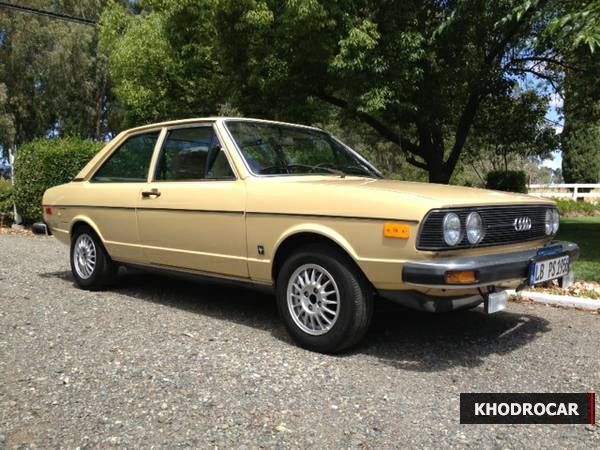
Despite a name that dates back to the early 20th century, Audi as we know it didn’t emerge until 1965, when Volkswagen revived the name after buying it for a pittance from Mercedes-Benz after it decided the brand was unprofitable — how’s that for irony?
The front-wheel drive Audi 80 was the revived company’s first major success in Europe, where it was sold as a sporty alternative to German Fords and Opels. In America, it got a high-profile PR rollout and was sold as the Fox, with its crisp handling and then-exotic FWD layout making it a legitimate alternative to Saabs, Volvos, and BMWs of the era. Contrary to popular belief, Audi’s history doesn’t start with the Ur-Quattro; in fact, there’s a good chance the brand wouldn’t be here today if it wasn’t for the plucky little 80/Fox.
The front-wheel drive Audi 80 was the revived company’s first major success in Europe, where it was sold as a sporty alternative to German Fords and Opels. In America, it got a high-profile PR rollout and was sold as the Fox, with its crisp handling and then-exotic FWD layout making it a legitimate alternative to Saabs, Volvos, and BMWs of the era. Contrary to popular belief, Audi’s history doesn’t start with the Ur-Quattro; in fact, there’s a good chance the brand wouldn’t be here today if it wasn’t for the plucky little 80/Fox.
Latest News


